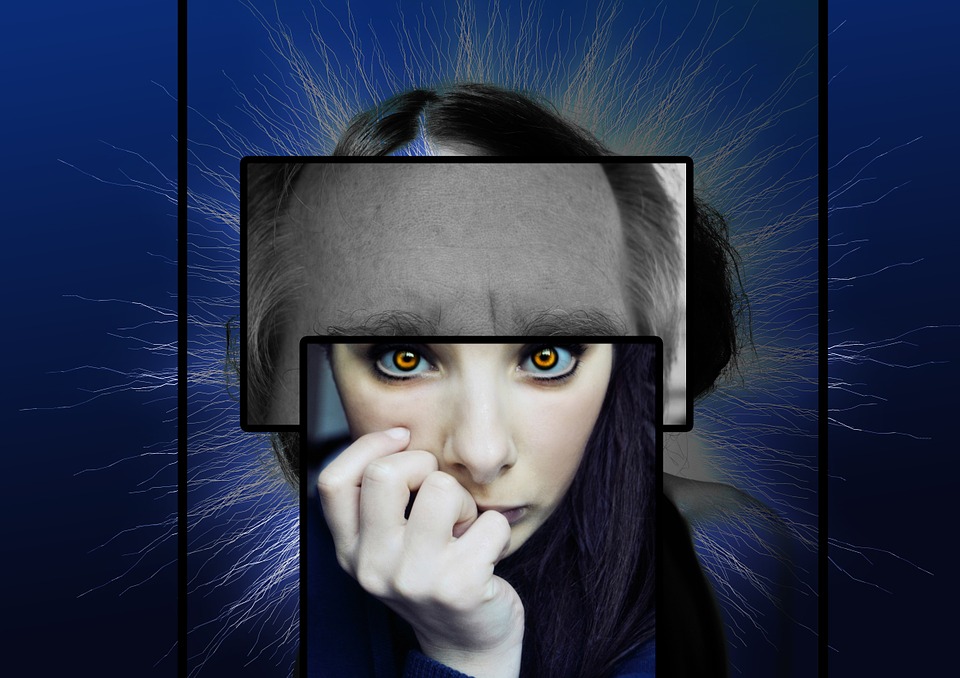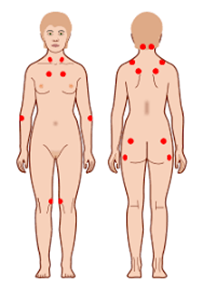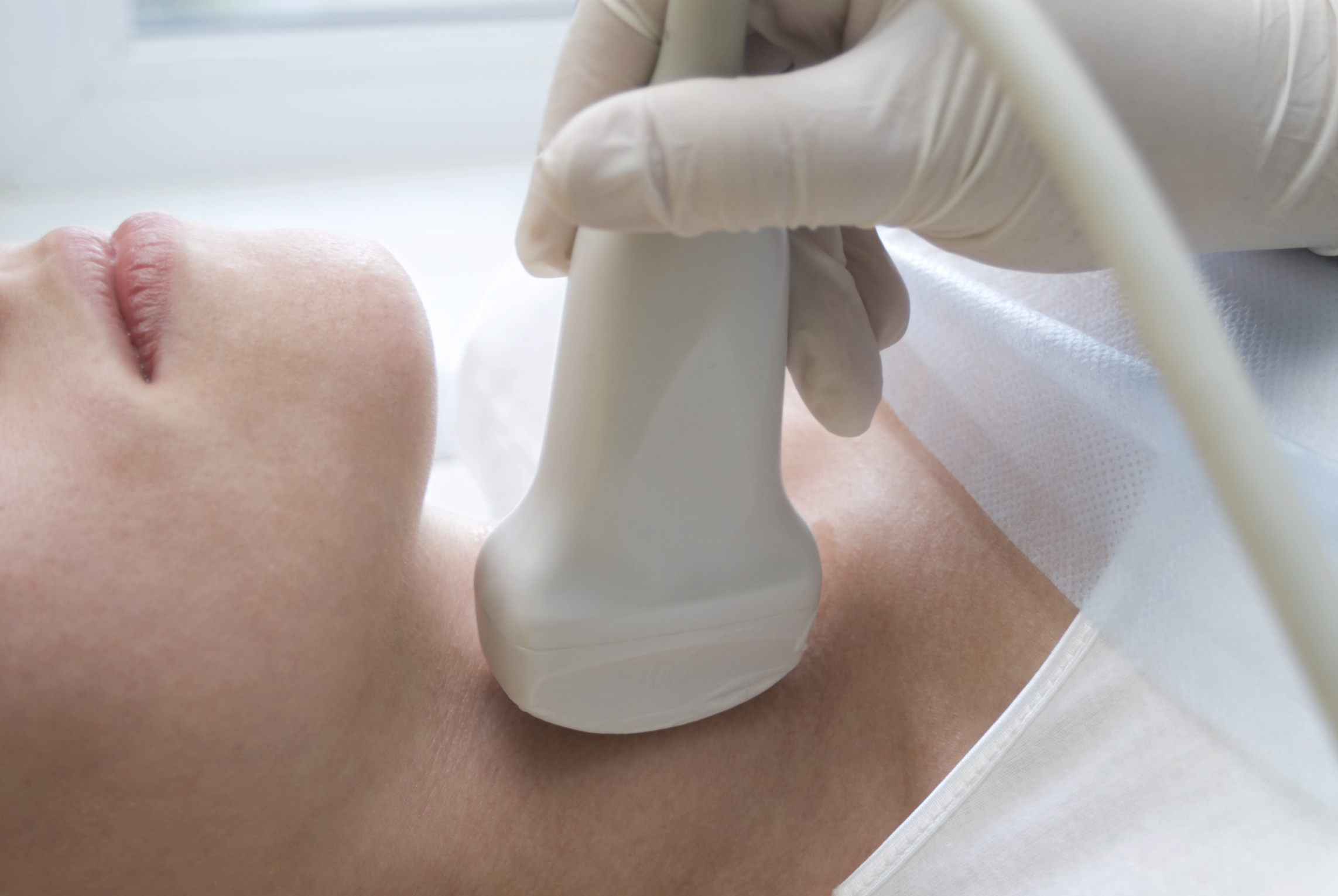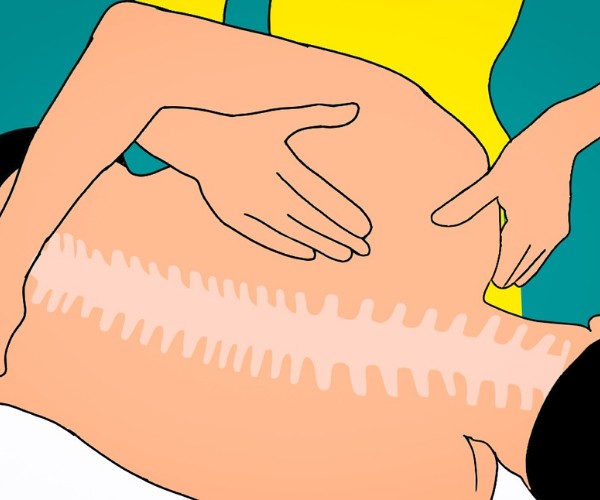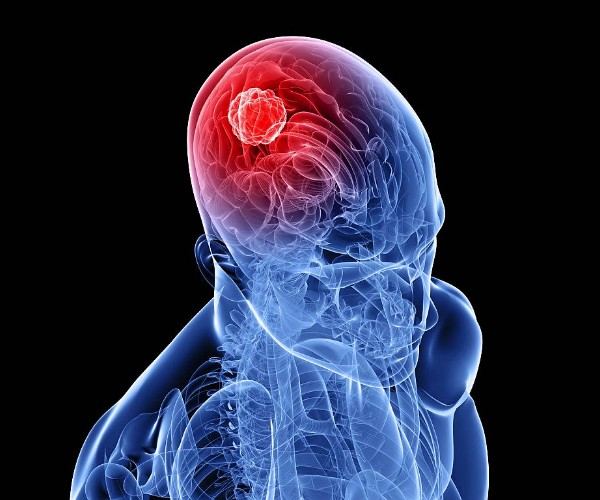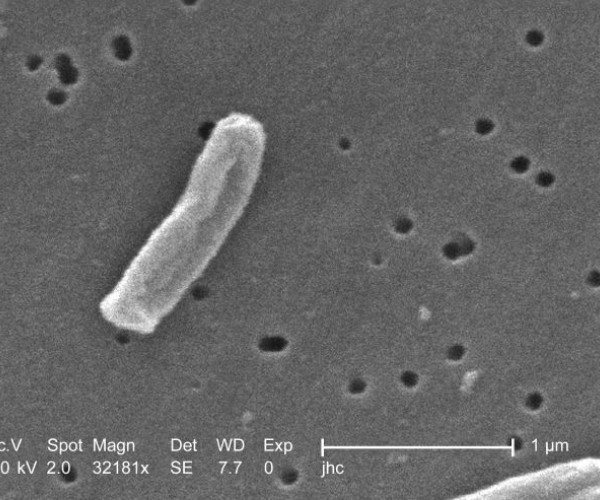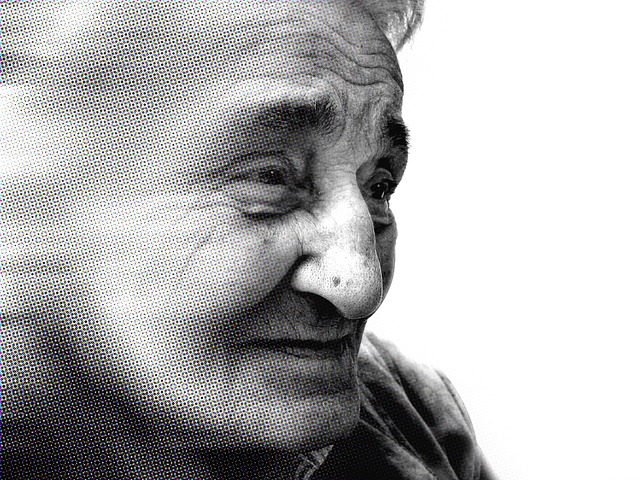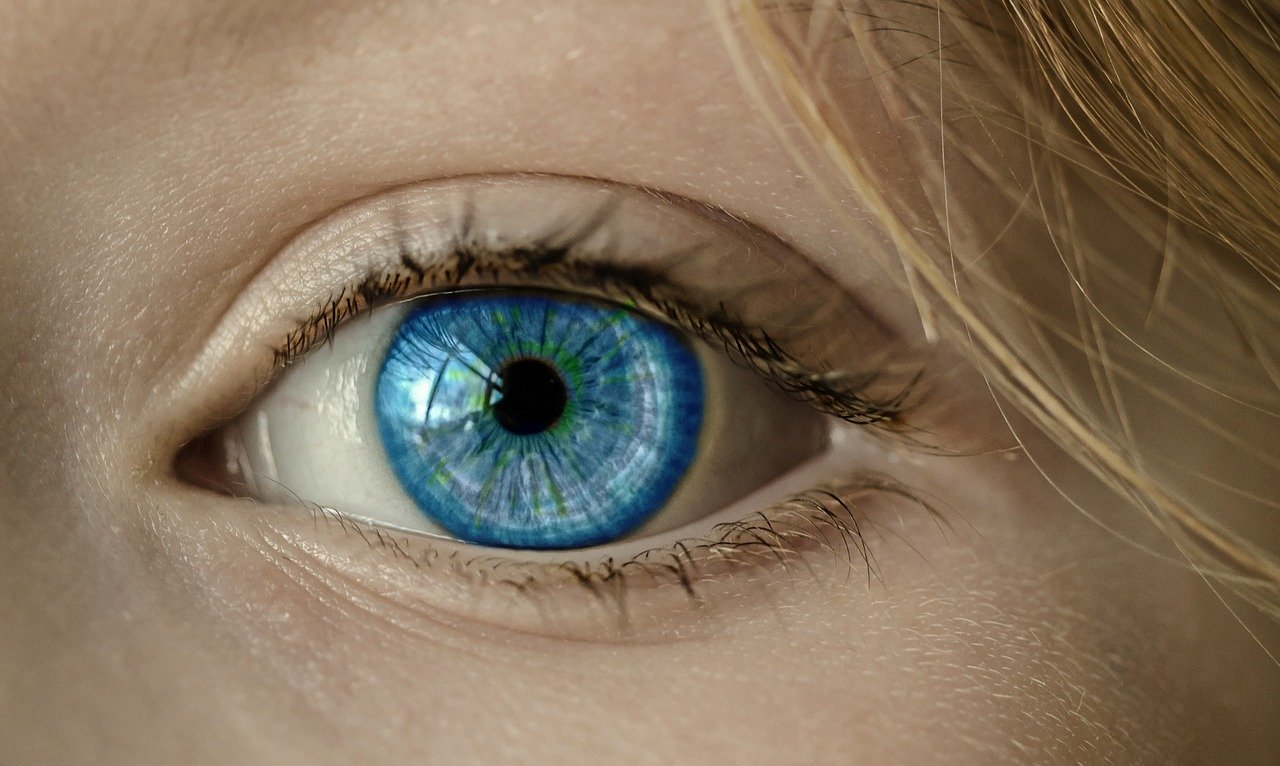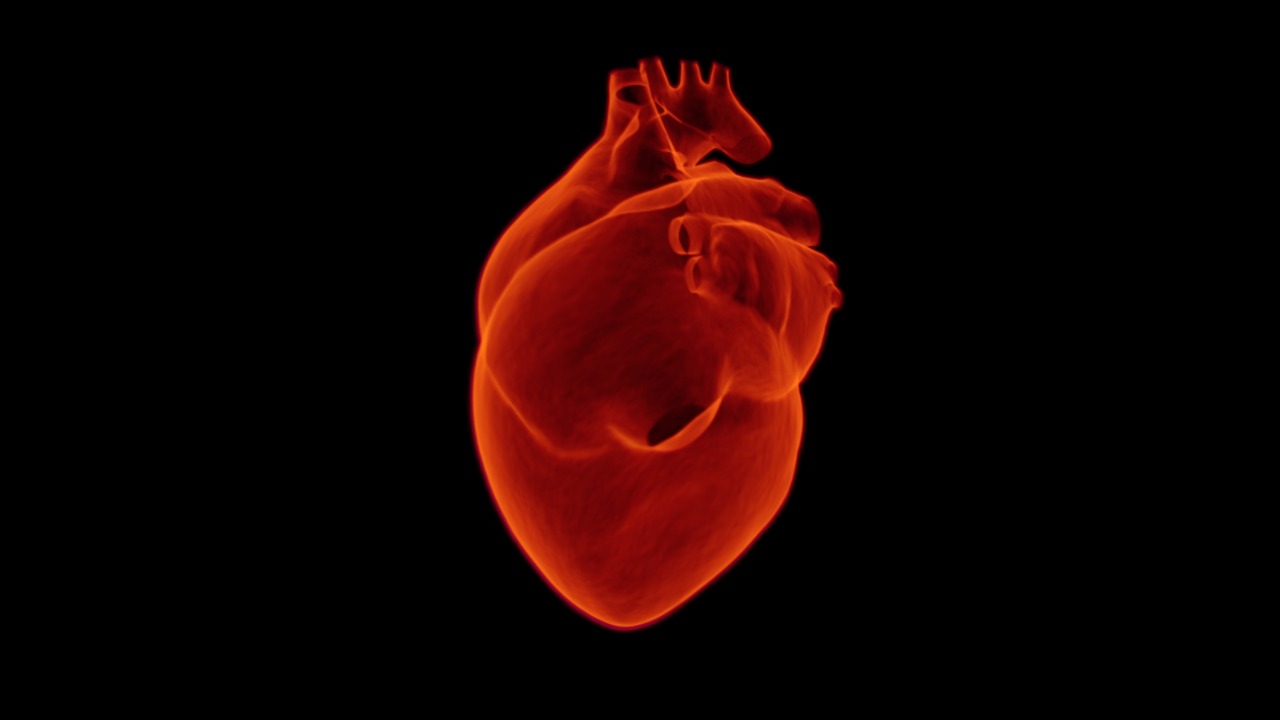What is fibromyalgia?
Fibromyalgia is a lifelong condition that affects millions of people worldwide. People who suffer from it have sore and stiff muscles, but no abnormalities show up on X-rays or most laboratory tests. Doctors diagnose it based on symptoms and a clinical examination. Although fibromyalgia does not damage joints or organs, constant pain and fatigue can really take a hard toll on daily life.
The Symptoms
The typical sign of fibromyalgia is muscle pain felt throughout the body. Other symptoms are also usually present.
- Fatigue
- Sleep disorders
- Anxiety or depression
- Joint pain and numbness or tingling
The Pain Points

One of the unique features of fibromyalgia is the specific areas of the body that hurt when pressed. Healthy people would only feel the pressure exerted on their muscles. The symptom of pain is generally experienced by all patients.
Since traditionally no laboratory test or X-ray can confirm a diagnosis of fibromyalgia, one might think that the pain is not real but rather “present in their head.” Today the medical world recognizes the reality of fibromyalgia pain.
Research advances the hypothesis that pain may be caused by a problem in the body’s perception of pain.
Which people are at risk?

Women between the ages of 25 and 60 are most likely to develop fibromyalgia. The reason is not yet known, but it seems that women are 10 times more likely to contract it than men.
At the research level, it is believed that the causes could be genetic, although the genes that would be responsible are not yet known.
Fatigue is the second most common symptom. A symptom not to be confused with the normal tiredness that follows a busy day, but of a persistent feeling of fatigue.
People with fibromyalgia may experience fatigue even in the morning after many hours of sleep at night. Fatigue may be greater on some days limiting work the various activities at home or outside, causing the person’s quality of life to deteriorate.
The many theories advanced but research is still unable to determine the root cause clearly. Some theories explain the disease as caused by hormonal or chemical imbalances that alter the nerves’ ability to perceive pain.
Other theories theorize that a traumatic event or chronic stress may increase the likelihood.
Most experts credit the hypothesis that the disease may be caused by a combination of concomitant factors.
Fibromyalgia in daily life
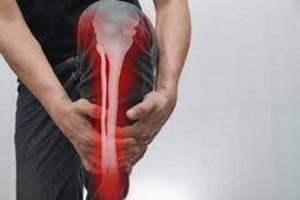
Persistent pain and fatigue can make the person irritable, anxious and depressed, with difficulty staying focused on work, taking care of their children or keeping up with household chores, for example.
Physical activity, taking care of different activities, taking care of one’s hobbies can become manageable initiatives among many difficulties. The patient appears exhausted and in a difficult mood, so much so that social relationships are also affected. Treatments, although not resolving, can alleviate symptoms while improving the patient’s quality of life.
The Diagnosis
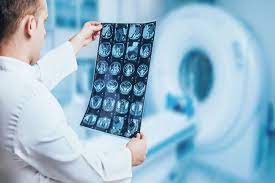
At the medical examination, it is good for the patient to be able to point out to the doctor the most painful points on the body, describing in detail the pain and its manifestations such as intensity, periodicity, and also associated symptoms such as fatigue, sleep problems, or anxiety symptoms. Your doctor may prescribe a blood test for fibromyalgia and other tests to rule out any other medical conditions.
Getting help in the treatment of Fibromyalgia
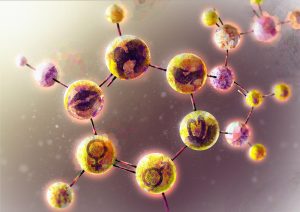
At one time, rheumatologists, physicians who specialize in arthritis, were the only ones who treated Fibromyalgia patients. Today, the condition has captured the attention of a wide range of health care providers. Many people are treated by their primary care physicians. You can contact local support groups and hospitals for a list of fibromyalgia experts in your area.
The Triggers, Triggering Factors

An important first step in preventing and counteracting symptoms in order to feel better is to identify those factors that are most likely to trigger or worsen symptoms of the disease. Common triggers include:
– Cold or humid climate
– Insufficient or even excessive physical activity
– Physical fatigue
– Insufficient sleep
Sleep

Many people with fibromyalgia experience a are disturbed, with difficulty falling asleep or often waking up during the night.
Patients often complain of superficial and never deep, restorative sleep, sometimes resulting in a repetitive cycle of insufficient sleep/pain and vice versa, which tends to worsen health status.
Depression

Nearly one-third of people with fibromyalgia also suffer from major depression at the time of diagnosis. With symptoms such as difficulty concentrating, feeling hopeless and having little interest in one’s favorite activities.
Research is investigating various hypotheses, including that depression may be caused by chronic pain and prolonged fatigue, or that depression along with unusual pain sensitivity are the result of altered brain chemistry.
Drugs

The goal of treatment is to minimize pain, sleep disturbances, and mood problems. To relieve symptoms, the doctor may recommend such as over-the-counter or prescription painkillers such as amitriptyline.
Prescription drugs that specifically treat the pain of fibromyalgia include:
- duloxetine
- milnacipran
- pregabalin
Physical Activity

Physical activity can reduce pain and improve fitness. Exercising just three times a week can relieve fatigue and depression, but do it moderately. Walking, stretching and water aerobics are good ways to start.
The Diet

Dietary choice may play a role in fibromyalgia, but not the same role for everyone. For some patients foods or ingredients, such as aspartame, MSG, caffeine, and tomatoes, seem to make symptoms worse for some people. It is convenient to identify in one’s diet which foods may be triggers for symptoms, keeping a diary of foods allowed in the diet or discontinued to check their effects on symptoms.
The Massage

Rubbing, and massaging the sore parts can help relieve pain. Regular sessions of about 20 minutes each can certainly be part of the treatment.
Acupuncture

This traditional Chinese practice uses thin needles inserted into key points of the body to restore the flow of energy. Medically, the process can affect nerves, muscles and connective tissue. Many patients benefit from this treatment.
Fibrous fog

Sometimes patients complain of difficulty concentrating, a symptom referred to as “fibro fog” , which can be mitigated by treatment for pain and insomnia , but also by a patient’s habit of making written notes of things to keep in mind or remember , and exercising their attention by reading books or solving crossword puzzles.
Fatigue
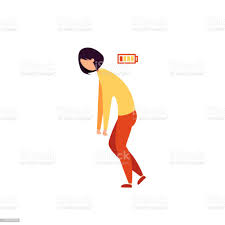
It is one of the most common triggers of flare-ups. Although you cannot completely eliminate stress from your life, you can at least reduce it. Identify which factors are most stressful while trying to avoid the most harmful ones. Possibly use helping disciplines such as yoga, meditation and other relaxation techniques, putting aside unnecessary activities or labors, relieving stressors.
The Improvements

Many people with fibromyalgia find that their symptoms and quality of life improve greatly when they find effective treatment and adapt their behaviors and habits. Most people are able to work and perform normal activities.





